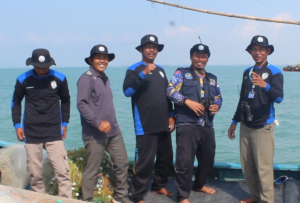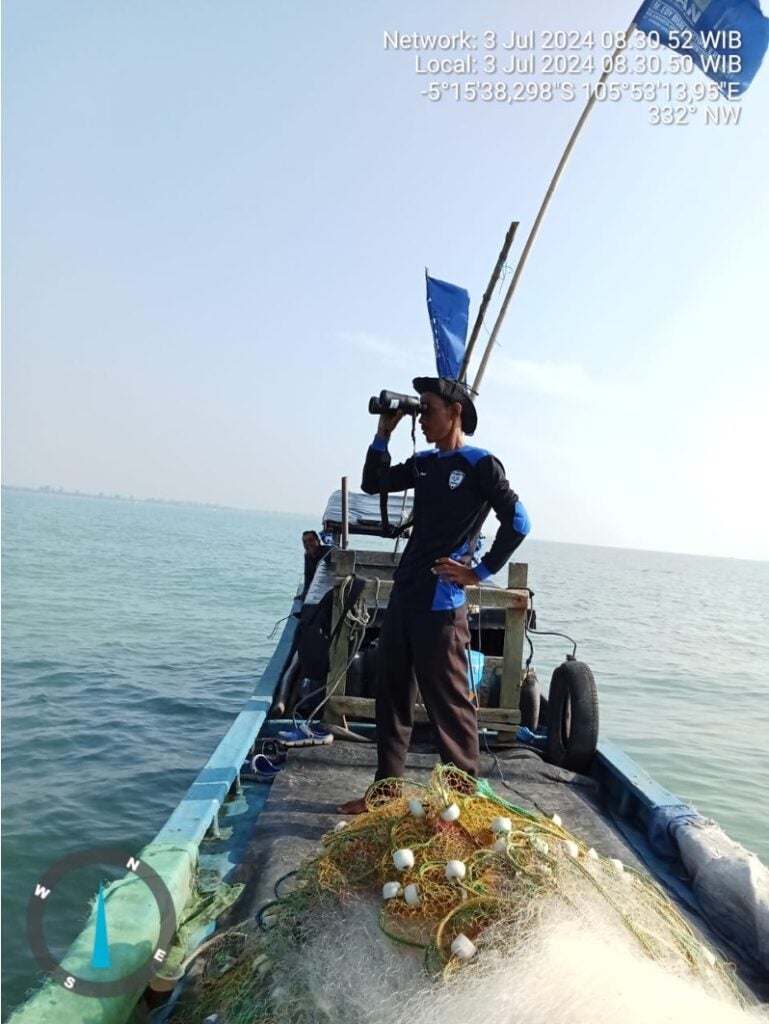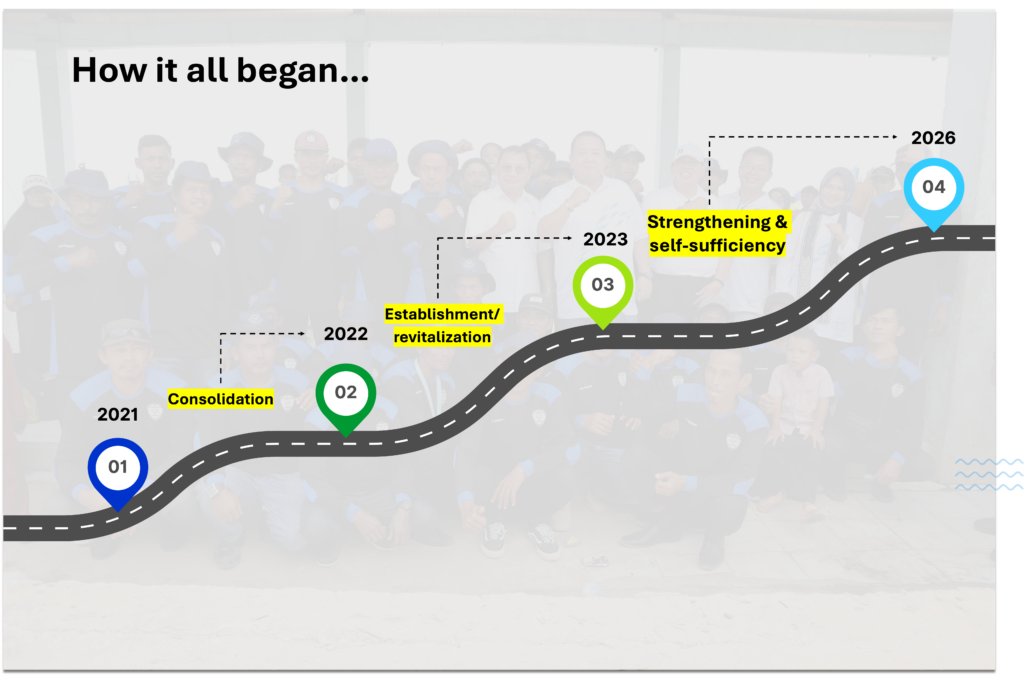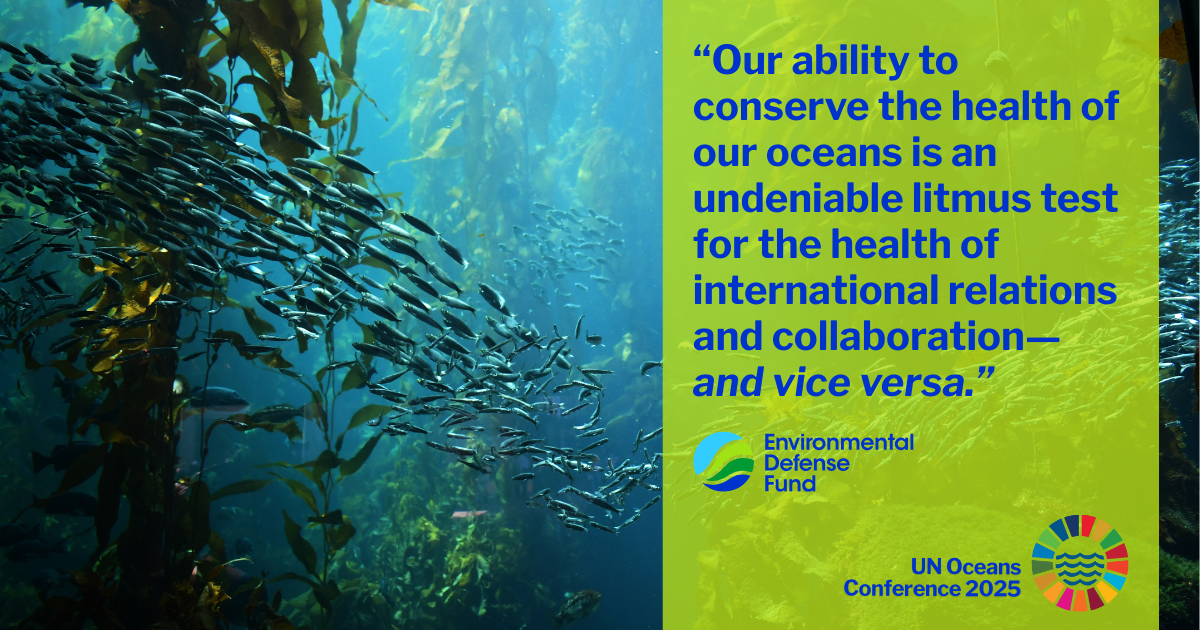
Pokmaswas: The Catalyst for Sustainable Blue Swimming Crab Fisheries in Lampung, Indonesia
By: M. Khazali, Guswarman, and Meutia Isty Wulandari “If we don’t prioritize monitoring and law enforcement against destructive fishing activities, the blue swimming crab management is unlikely to succeed.” These words were said in March 2024 by Hasan “Ubay” Ubaidillah, a leader of the Community Surveillance Group (Kelompok Masyarakat Pengawas/Pokmaswas) Jaya Bahari Abadi. He stood in the Lampung Blue Swimming Crab Co-management Team (TPPRB) meeting, his voice echoing with a sense of urgency. This was not a new concern for him; he had repeatedly raised this issue since 2022 to the blue swimming crab stakeholders.
His warning was not unfounded; The Scientific Advisory Group (SAG), a group of scientists and academia, pointed to the prevalence of destructive fishing activities as the main cause. Local fishers corroborated this, reporting dwindling catches and shorter fishing seasons.

According to our census in 2019, 1,210 vessels responsibly harvest blue swimming crabs using environmentally friendly gears (nets and traps) in the eastern waters of Lampung. Meanwhile, data from the Lampung Provincial Marine and Fisheries Agency in 2021 shows that a concerning 914 vessels in the same location use destructive gears, such as trawls and locally modified trawls known as cantrangs, arads, and sondongs. Although these vessels target a variety of species, their indiscriminate methods inevitably impact the blue swimming crab’s critical habitat and populations. These practices not only harm the environment but also result in financial losses for local fishers, whose nets are often damaged or lost due to the trawling activities.
In response, a blue swimming crab fisheries co-management team was initiated in 2017. However, it wasn’t until 2021 that serious efforts to combat illegal fishing began, with Pokmaswas playing a crucial role. Pokmaswas, a community-based monitoring group, was tasked to support the government in monitoring and reporting any illegal fishing practices to the authorities. But Pokmaswas‘ role extends far beyond surveillance. Members of the group serve as advocates for sustainable fishing practices among their fellow fishers, work to empower small-scale fishers, and mediate conflicts within the fishing community. Additionally, Pokmaswas can get access to government aid, opportunities for capacity building, and expanded networks to fisheries stakeholders.

Pokmaswas’ journey was not without challenges. It faced significant risks in daily operations, and its efforts required strong support from various stakeholders, including the government. To address this, a three-stage stepwise approach was implemented, which consisted of consolidation, formation/revitalization, and self-sufficiency. The first stage involved gaining recognition and support from authorities, while the second stage focused on establishing or revitalizing Pokmaswas groups in local villages. The final stage aimed to strengthen the capacity and self-sufficiency of Pokmaswas’ members to carry out their duties effectively.
Ubay recalled a story when the Lampung Provincial Fisheries and Maritime Affairs Office (DKP) and the Ministry of Maritime Affairs and Fisheries arrested two pairs of trawl vessels within the Way Kambas Marine Protected Area in Lampung on July 3, 2024. This arrest was a result of Pokmaswas’ report to the authorities, who then took action to apprehend the offenders. Long before the arrest, DKP and Pokmaswas had intensively reminded trawl fishers to replace their fishing gear with environmentally friendly ones since early 2022 through a series of meetings, socialization, signing of integrity pacts, and joint discussions among fishers.
“Hopefully, with the arrest and seizure of the vessel‘s captain for legal processing, it can serve as a lesson and create a deterrent effect for other trawl fishers on the east coast of Lampung,” said Ubay.
As Ubay looked to the future, he envisioned a time when the destructive fishing practices would cease, and the blue swimming crab stock would replenish itself. The latest Spawning Potential Ratio analysis, from 17% in 2021 to 20% in 2023, gave him hope. It was a seemingly small but significant step towards a more sustainable future for Lampung’s blue swimming crab fisheries.
For further information on blue swimming crab data, read this blog.












